We may earn revenue from the products available on this page and participate in affiliate programs. Learn More ›
There tends to be a bit of mystery surrounding plaster walls. As a less popular material today, the act of plastering has become somewhat of a forgotten art. Skilled contractors are in relatively short supply compared to their drywalling competition, and they can essentially write their ticket when it comes to price. If you’re looking to tackle your own plaster installation or patch job, you can save quite a bit of money. Here are 10 plastering tools that you’ll need to smooth out the process.
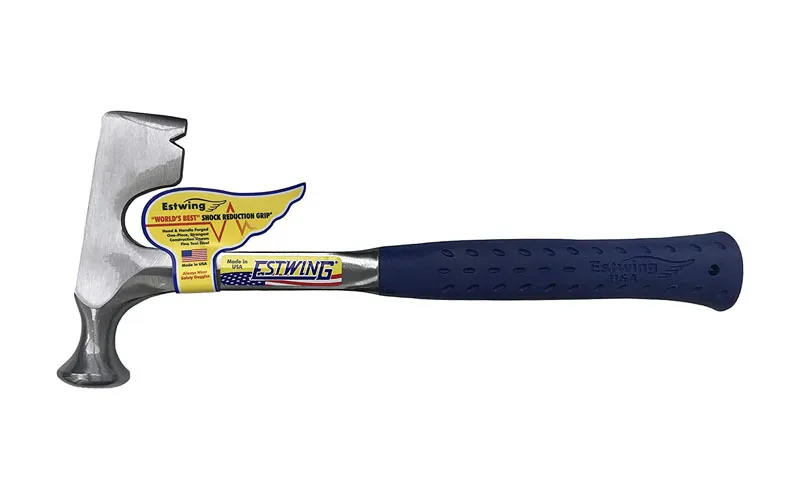
1. Hammer
Would-be plasterers will do well to keep a trusty hammer on hand. The two most useful hammer types are claw and drywall hammers. Either type can help to chip out chunks of plaster and to resecure or remove problem pieces of lath. Drywall hammers have hatchet-style ends and curved faces for dimpling high spots, making them extremely useful on a plastering job.
Editors’ Pick: Estwing’s Drywall Hammer (available on Amazon) is the industry standard for plasterers and drywall finishers because it offers both durability and versatility on the job.
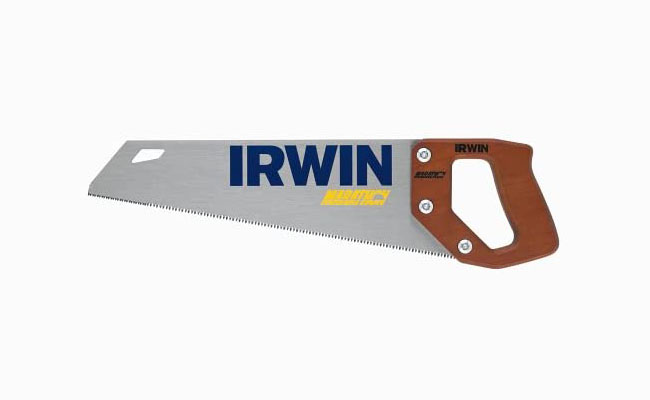
2. Handsaw
Wood lath was used for generations of plasterers. Following the old ways will require a sharp handsaw for cutting the thin, narrow strips of wood that serve as a groundwork for plaster. It may also come in handy when cutting sections of old plaster out for door installations or other retrofit work.
Editors’ Picks: The IRWIN Tools MARATHON Standard Coarse Cut Saw (available on Amazon) is a box-style handsaw that features advanced tooth geometry, which is perfect for keeping in your plastering toolkit. Also, consider the IRWIN Tools ProTouch Jab Saw (available on Amazon) designed for plunge cuts.
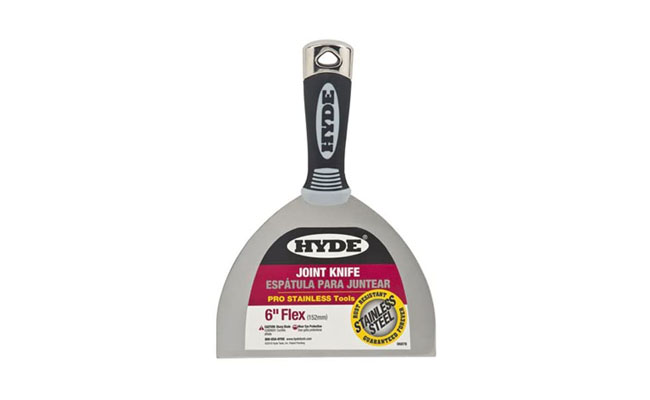
3. Spackle Knife
Spackle knives may seem too small for a large plaster job, but they can serve an important role. Be sure to run a sturdy spackle knife across cracks and uneven surfaces before repair. This knocks down the high points or chips of old plaster before you start applying the new mud. The result will be a much smoother and consistent finish.
Editors’ Pick: The HYDE 6-inch Joint Knife (available on Amazon) is a good all-around size for plasterwork.
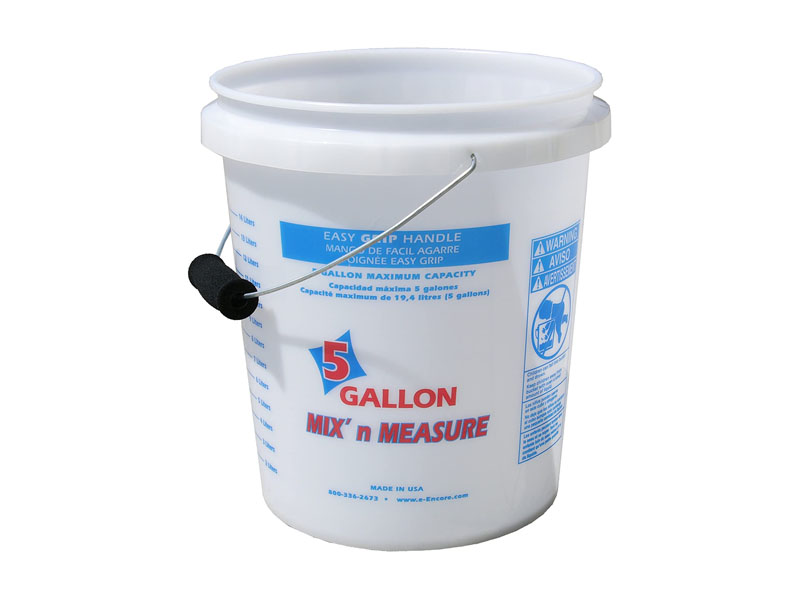
4. Bucket
While it seems obvious, a decent quality five-gallon bucket is a necessity for plaster jobs. You’ll be mixing plaster several times in the same bucket. Cheap, brittle buckets will crack after a few good cleanings and job site-related bumps and bangs. Plaster is also very heavy, especially when it’s in a wet, muddy form. Only a sturdy bucket will do.
Editors’ Pick: This 5-gallon bucket from Encore Plastics (available on Amazon) has pre-measured marks on the side to speed up the mixing process.
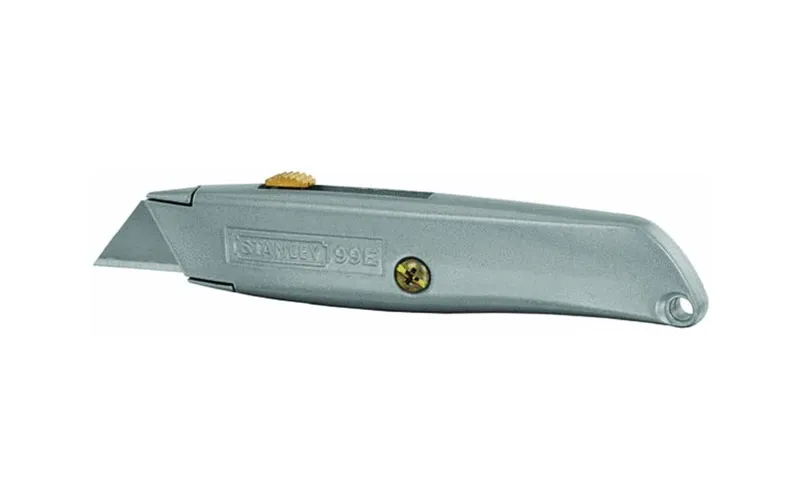
5. Utility Knife
A high-quality utility knife’s usefulness can’t be overstated. On a plastering job, you’ll use it to cut bags of plaster mix open, score the existing wall, and cut patches from sheets of drywall. Keeping a good utility knife in your pocket is key—just remember to always use a sharp blade. A sharp blade is easier to use, making it safer than a dull or chipped blade.
Editors’ Pick: The Stanley 10-099 Utility Knife (available on Amazon) is a traditional retractable utility knife with some built-in blade storage in the handle.
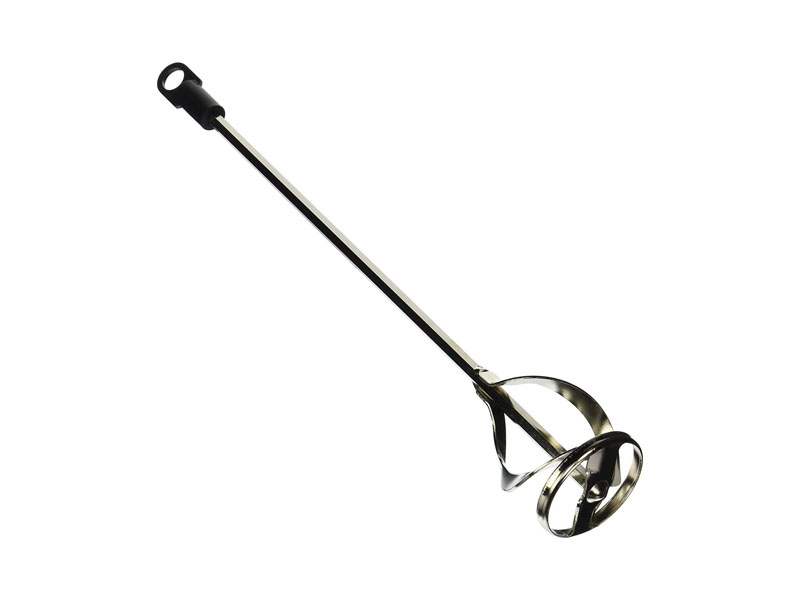
6. Paddle Mixer
The unsung hero of any mud job is a paddle mixer. Paddle mixers clamp into a drill chucks and make mixing bucket after bucket of plaster a much faster, less back-breaking job. Their design allows them to quickly incorporate dry plaster, water, and other aggregates. Paddle mixers break up clumps and allow plasterers and DIYers to adjust the consistency of their mix with ease.
Editors’ Pick: Clamping this paddle mixer from Edward Tools (available on Amazon) will work for plastering jobs as well as paint, thinset, and concrete.
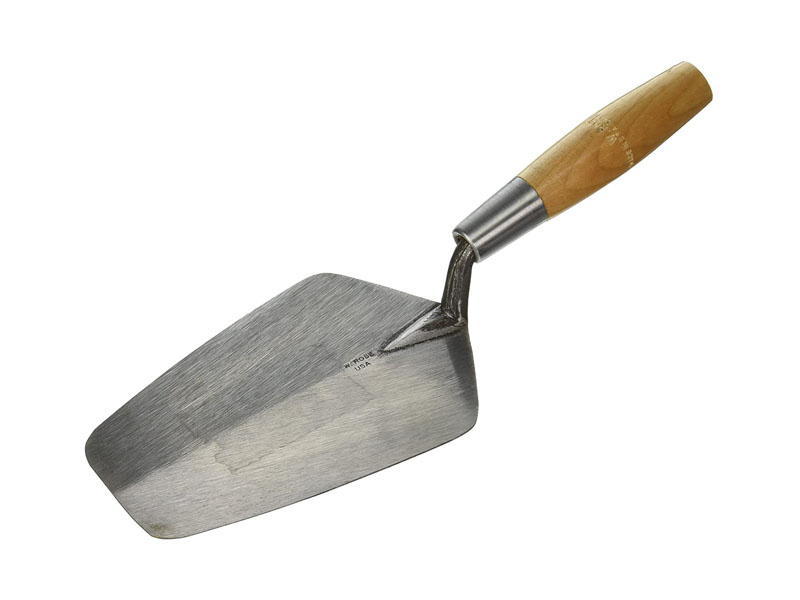
7. Bucket Trowel
Getting wet, soupy plaster out of a deep 5-gallon bucket can be a messy challenge. Bucket trowels have angled handles and wide surfaces for scooping the mix out. They’re also helpful during the mixing process as they can be run around the sides of the bucket to loosen the dry mix.
Editors’ Pick: This sturdy bucket specialty trowel by Kraft Tool (available on Amazon) will see you through several plastering repairs or installations.
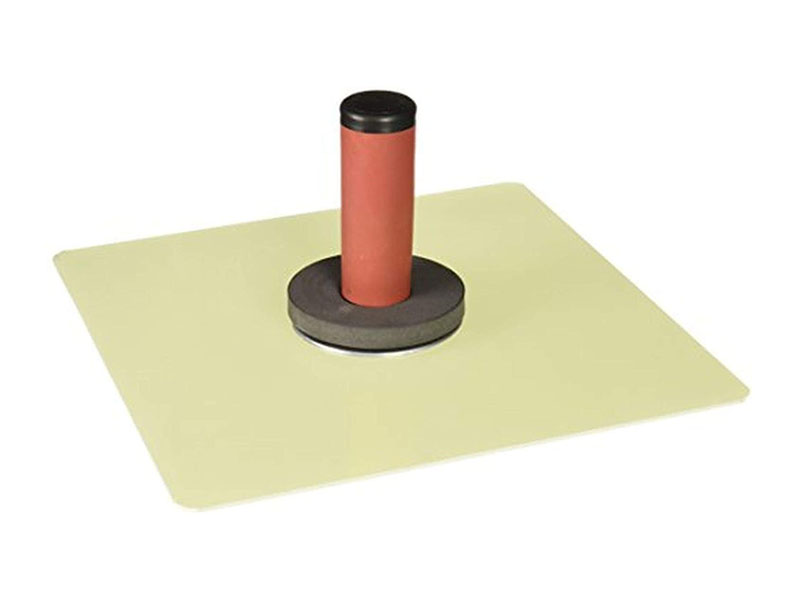
8. Hawk
A plaster hawk is a dead-flat surface with a handle in the middle meant for carrying wet plaster. It helps the plasterer get the mud onto a trowel evenly and cleanly. The act of an experienced plasterer buttering and cleaning their trowel may look effortless, but beginners may struggle to develop that flow for themselves at first.
Editors’ Pick: This Marshalltown 2166D 12”x12” EIFS Hawk (available on Amazon) is large enough to hold a decent amount of plaster without being unwieldy.
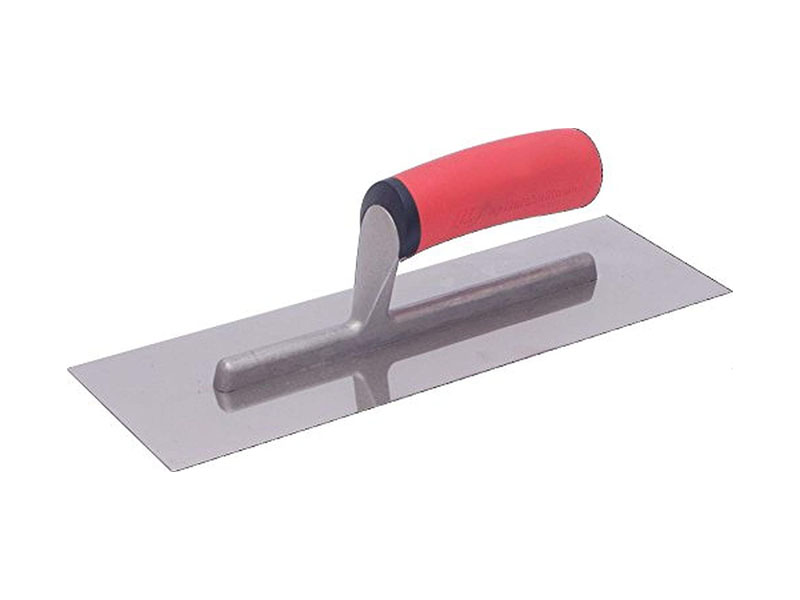
9. Trowel
Applying and smoothing plaster requires a good trowel. Plaster-pros will have many stage-specific trowels, but beginners can get away with one sturdy rectangular trowel. A 12-inch model should do the trick.
Break your trowel in by sanding the corners so they aren’t at such sharp angles. This will result in fewer lines and trowel marks left on the wall between finishes.
Editors’ Pick: A stainless finishing trowel like this one from Marshalltown (available on Amazon) makes repairs and finishing an easy and smooth job.
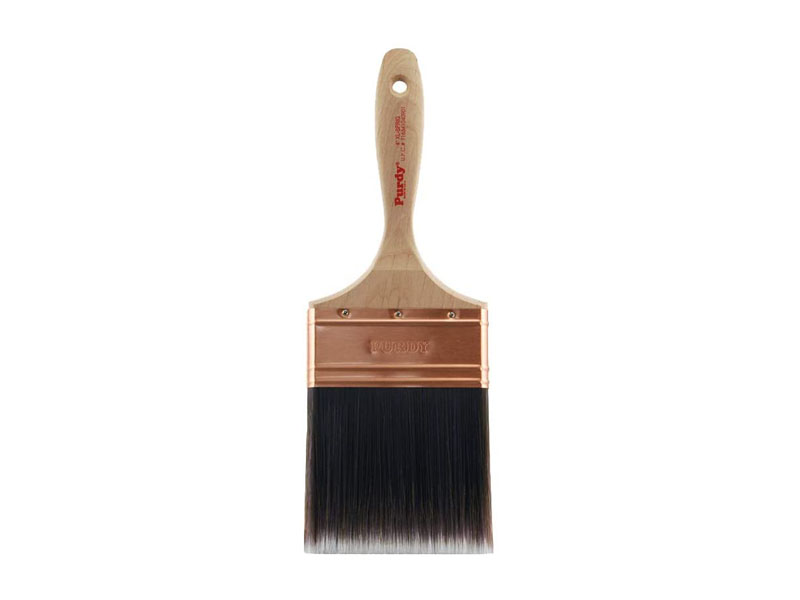
10. Paint Brush
A thick, heavy-bristled 4-inch paint brush will be helpful during the final smoothing stage of your plaster job. Dampening the surface of the wall will allow a clean trowel to glide across it, smoothing out the final product. It can also be useful for cleaning the hard-to-reach nooks of a mixing paddle or trowel.
Editors’ Pick: This 4-inch Purdy all-paint brush (available on Amazon) is high-quality, will hold water well, and will clean up easily.


